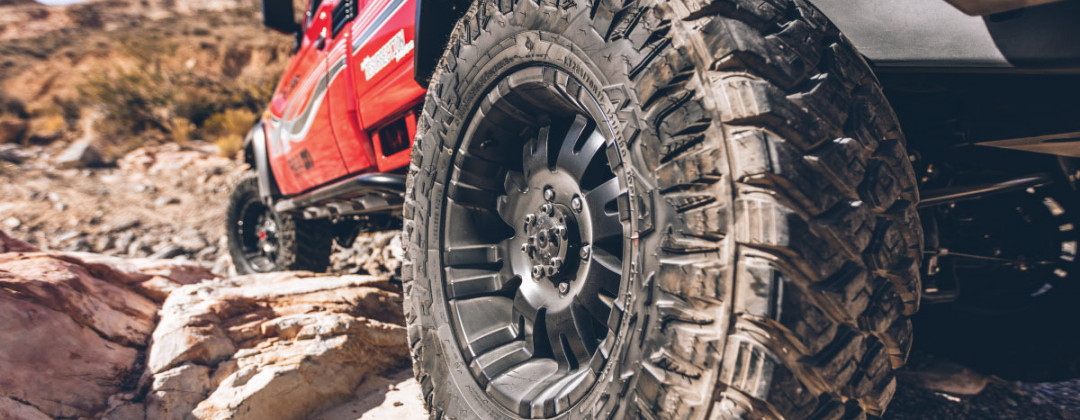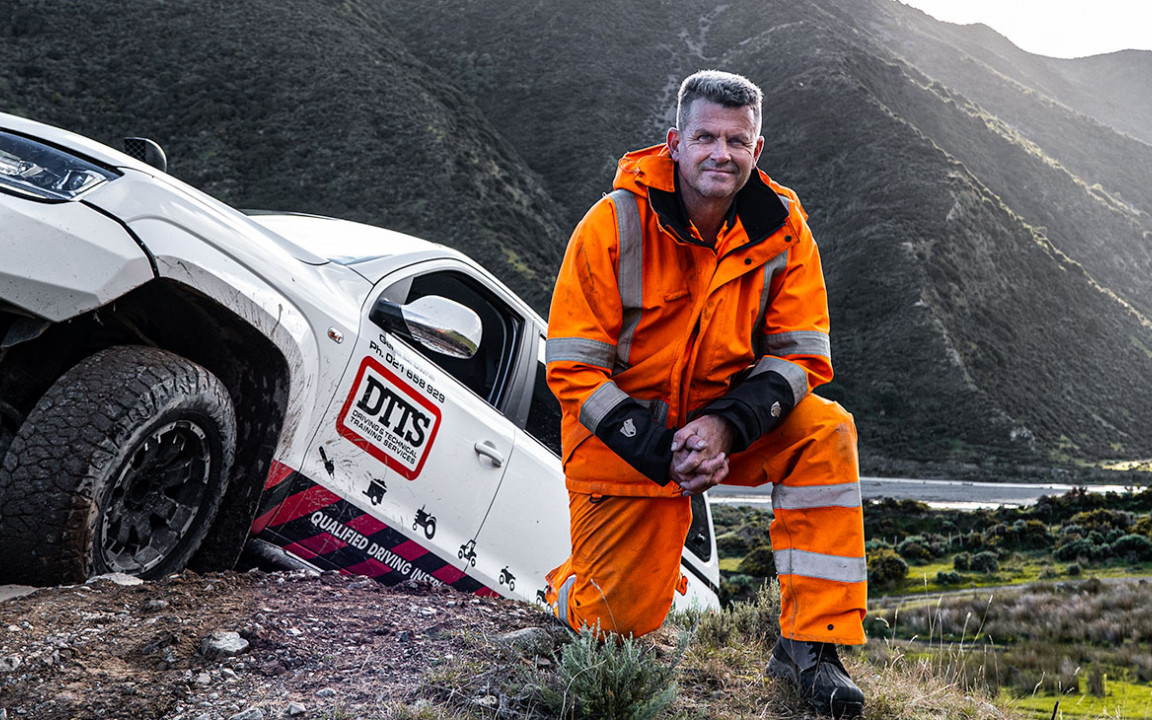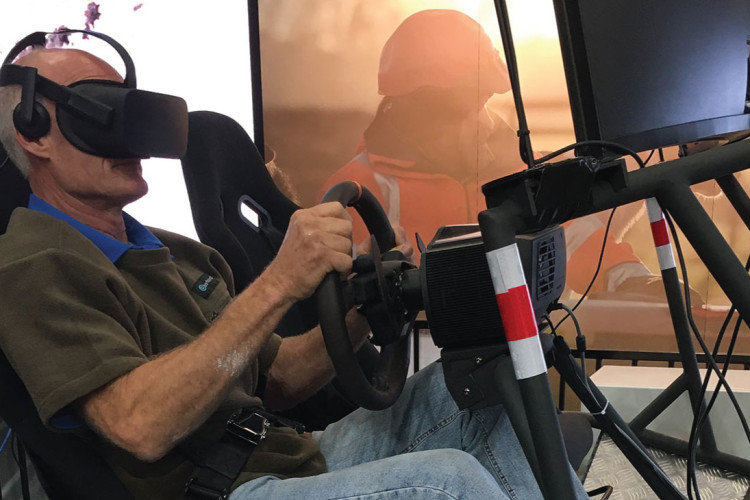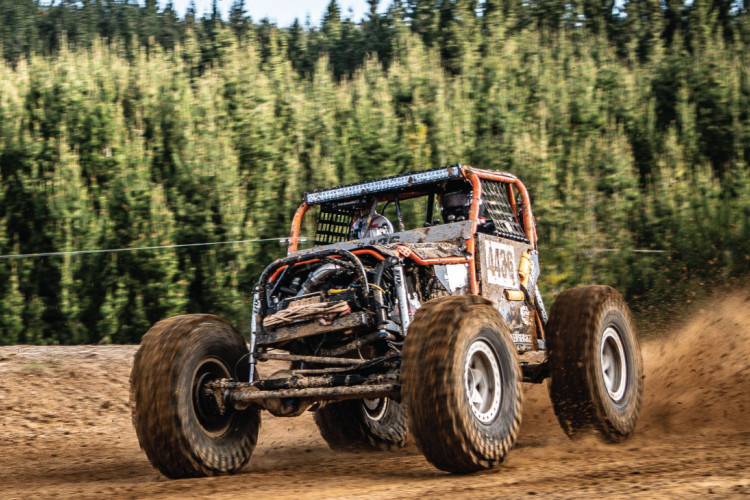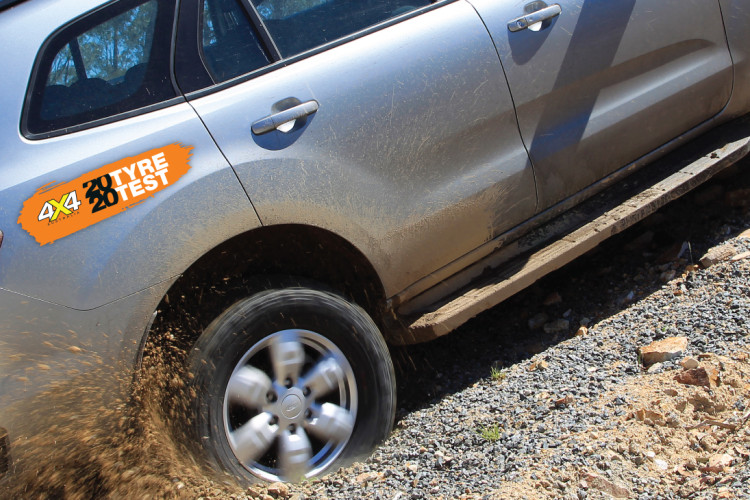The kids are not impressed. The weekend’s adventure has hit a bit of trouble before it has even begun. You're on the way to that trusty old fishing spot in the back blocks, the one where the fish flow as easily as a cold Speights and every one of them is a record size. You’ve only ever been a passenger in your mate’s 4WD but after finally snagging your own metal mud slinger have decided to turn host and take your boys away for some proper fun. You’ll be imparting lots of wisdom and regalling them with tales of dangerous adventures, all with the younger you as the swashbuckling hero. By the time this weekend is finished, they’ll look at you with a newfound respect. Yes, this is your moment.
Only, they’re currently looking at the floor and hoping the moment will pass very quickly. Because you're stuck. No matter how much you gun it and the mud sprays, you ain’t going anywhere. To make it worse, a car load of laughing youngsters in a beat up old Subaru station wagon just passed you. Without getting stuck.
Two things run through your mind. One - do they know about the trusty old fishing spot? Two - how did they make it through a bit of mud in an old rusty bucket of a vehicle while your shiny new 4x4 with all its electronic gadgetry is stuck fast?
One thing which may have never crossed your mind is whether you need 4WD driver training or not. Because we know what to do… don’t we?
Do you need 4WD training & what is it?
It’s unlikely you’ll ever get asked if you know how to use a 4WD when you purchase one. It’s generally assumed you do. And let’s face it, most of us would say ‘I do’ even if asked. So it goes without saying that most dealers won’t offer or recommend training. Interestingly, in Australia, they do. Mostly because a 4WD mission over there might mean you’re going to be in the middle of a desert with approximately 197 different killer animals just waiting to sink teeth, dripping with poison, into you. It’s a bit different here.
With all this in mind, we figured it was time to find out a little more about what was on offer in NZ, so we sat down for a yarn with Gene Browne of DTTS (Driving & Training Technical Services). A professional driving tutor for over 25 years, Gene is often called upon by leading vehicle manufacturers to test out their latest vehicles, or by companies with fleets of 4WD who need to be assured their employees know how to use them.
Gene’s lesson’s start with a look at your own vehicle. Because you’ll be using your own. So he talks about what the vehicle is capable of and isn’t. Then it’s time for some pre-drive checks, like checking tyre pressure and cleaning the air filter. If you're nervous about learning to slide down a hill in your own 4x4, don’t be. Gene says that “at worst, you might get dirty. I wouldn’t have a successful company if I was writing off vehicles left, right and centre”.
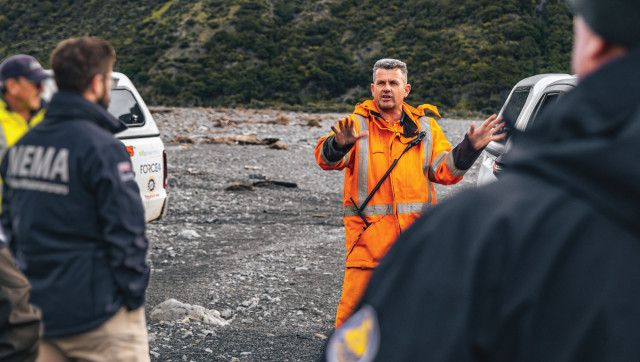
Next, you’ll get behind the wheel and explore the terrain of the private farm or land being used for the training. Typically, a 1 day course will include learning how to ‘go up, down, across and through’. Training is tailored to the drivers on the day and moves at a gradual pace so everyone can build up their confidence.
“You have to crawl before you walk, before you jog, before you run” says Gene. It’s a methodical approach and means in the classes you can expect to do the same manoeuvres until you master them.
“You made an error - do it again and again and again - until you can do it”.
It's a methodical approach that makes sense (and no doubt comes from the way a mind that has a Science PhD thinks). “Training is about giving you a scenario, teaching you a technique and doing it again until it becomes ingrained and becomes your normal”. It’s an important lesson. To do something so that it becomes second nature and your reaction is the right (or safe) one.
Gene gives an example of learning how to slide down a hill. The natural response when losing traction is normally to hit the brakes, expecting the tyres to grip and control regained. But in 4WD the opposite is needed. When sliding down a hillside, the safest way to regain control is to speed up until the wheels are moving as fast as the grass beneath them, at which point you can control the descent and steer to dodge obstacles.
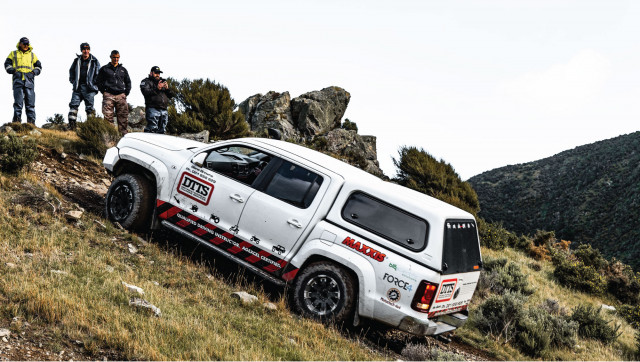
So what can you expect after a 1 day course with Gene? You should be confident enough to tackle the back blocks and get out there to enjoy some 4WD action. And you’ll be able to do it safely, as you’ll have covered all of this:
|
|
Different 4x4s and modifications
Given Gene gets to see lots of different 4x4s, we were keen to know which he thinks is the best. After all, it’s a subject that tends to spark a decent debate. There have been many lively conversations whilst perched against the tailgate of a 4x4, chomping down a pie.
“What’s the best 4x4? For doing what? If you’ve got 7 kids, don’t go and buy a Ferrari” says Gene. So the answer is, it depends on what you want to do with it then. We were tempted to say ‘win an argument over a flaky pastry full of steak and cheese’ but decided that wouldn't help. Gene is right. The best 4x4 is the one that does what you need it to do.
But what about modifications? What’s the best modification you can make to your 4x4? It’s an interesting topic and one Gene said raises one of the biggest issues with four wheel driving in New Zealand. Namely, that we spend a lot of money on upgrading our trucks rather than upgrading our driving skill. “There’s lots of money spent on trucks and little on training. Technique and experience is far more important”. To prove the point, Gene tells the story of when he started getting into motorcycling. He was in a ‘pretty flash sporty bike” but getting whipped by a rider on an old 125cc. The difference was the skill of the rider. We know it would be easy to think Gene is feathering his own nest here but he is right. You could spend a small fortune kitting your Skyline out with all the bells and whistles but just know Lewis Hamilton in a Suzuki Swift would have it around a track quicker.
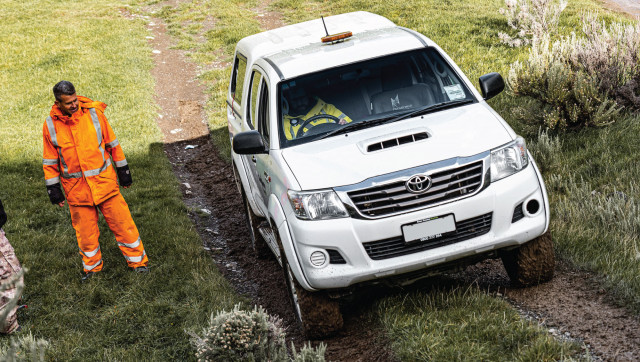
But if you had to choose one modification, Gene. What would it be? “Tyres. Grip is king”. Yeah - he makes a good point there too.
Back to those questions at the start of this article. Do the occupants of the beat up old Suabru station wagon know about the trusty old fishing spot? Probably.
How did they make it through a bit of mud in an old rusty bucket of a vehicle while your shiny new 4x4 with all its electronic gadgetry is stuck fast? It might be down to the tyres. Or it might be the inflation pressure. But it’ll definitely have something to do with training and experience.
